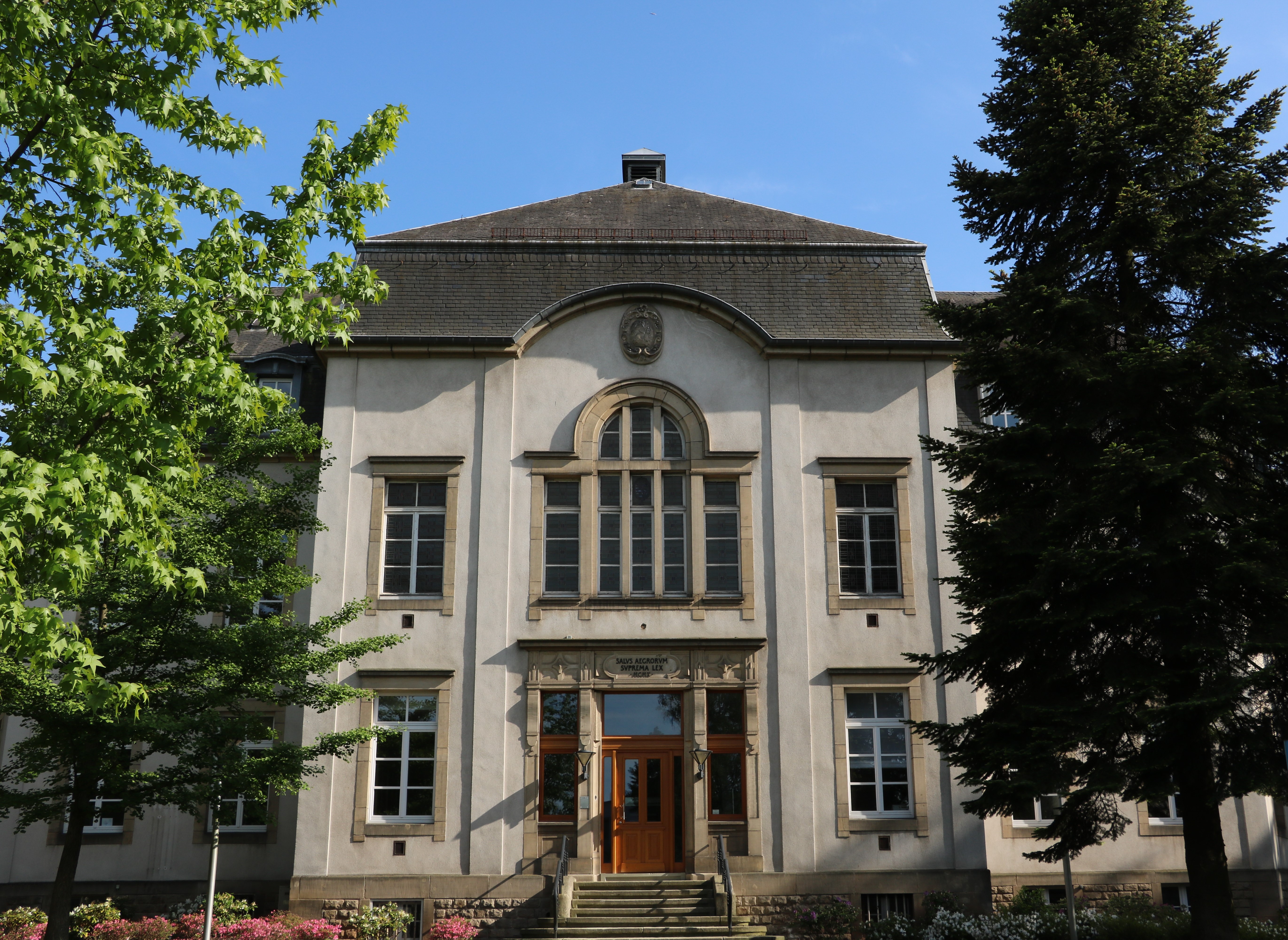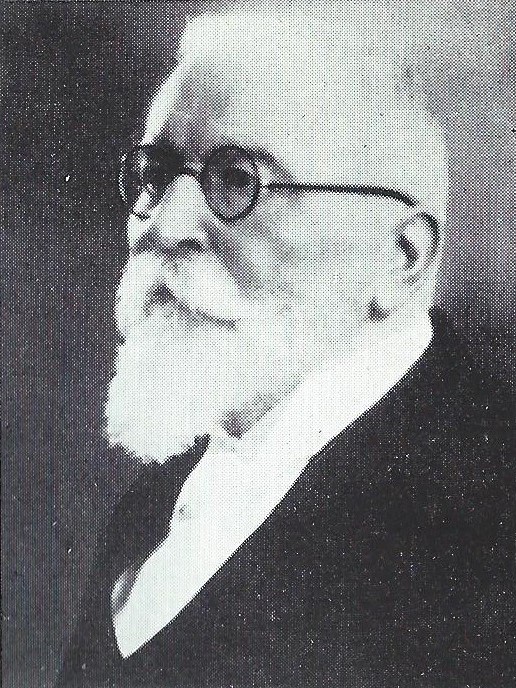The Welfare Gap

We stop in front of the administration building and we look up at the inscription above the front door. Here we can read salus aegrorum suprema lex, which can be translated as “the health of the people should be the supreme law”. This phrase is a maxim from the medical field that sets as a priority the prohibition of harming the patients in any way, a major principle of Hippocratic ethics. In this way, the inscription falls perfectly within the general medical field. Furthermore, as psychiatric institutions, the former Maison de Santé as well as the actual CHNP, fall within the field of medicine and, consequently, need to follow the Hippocratic maxim defended and followed as a guiding principle (see DILLING, pp. 84-85).
The date inscribed above the door refers to the year 1910. Can we, therefore, argue that, in the 1910s, this medical maxim was respected and that everything was done to guarantee the best health framework for the patients of the institution?

In order to answer this question, we will refer to a letter dating back to the 5th August 1913, written by Dr Lucien Buffet, director and psychiatrist of the Maison de Santé. In this letter, written to the general director, the doctor complains about the run-down appearance of the ditch along the enclosure wall of the asylum. This ditch, from a purely aesthetic point of view, gave an untidy appearance to the Maison de Santé, a public institution and building. Medical consequences were also a major issue, as the ditch represented an unsanitary source of infection: the abusive use of the ditch by the population of Ettelbruck as a dumping ground resulted in a pestilential odour. The physician concludes with the fact that the gap not only gave a negative image to the public but also was dangerous for patients’ health.

The letter shows us that the maxim above the entrance of the asylum administration building, which should have represented the ethics of the institution, was not really applied in the decade of the inscription. In fact, the neglected ditch, alongside the enclosure wall, represented a real danger for the patients’ health and, as a result, for their welfare. As in the majority of cases, theory and reality are not always congruent.
The letter by Dr Buffet was consulted in the Archive of the CHNP.
